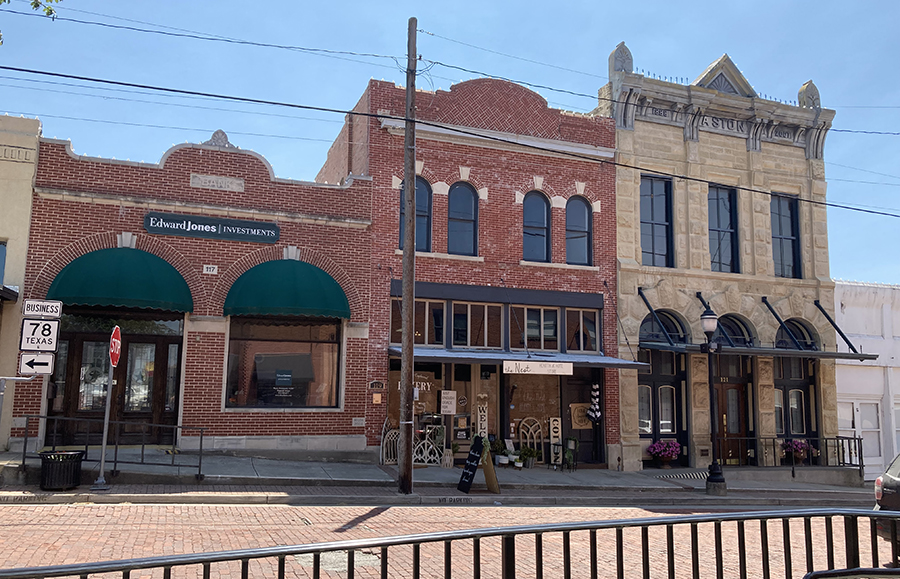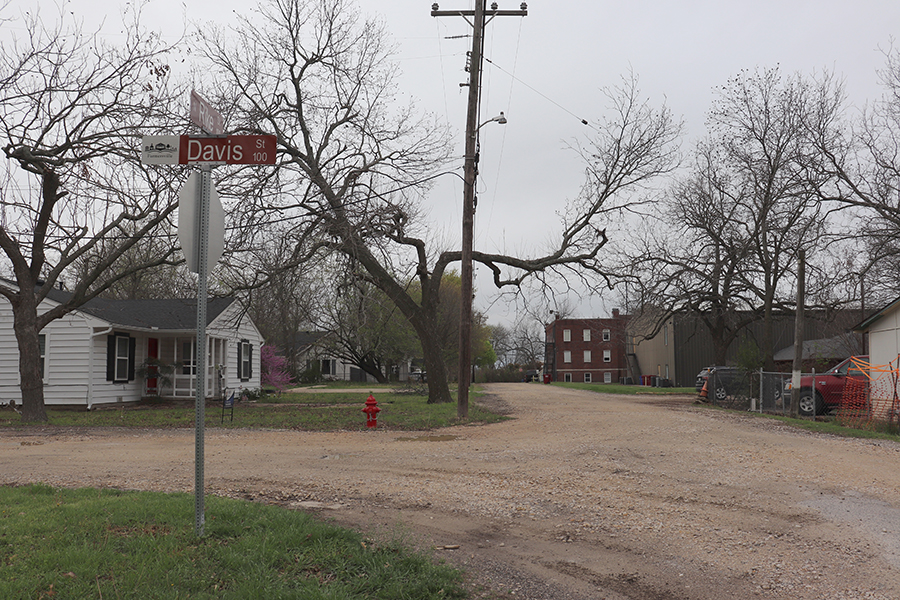Residents whose property incurred damage from the February storm may qualify for a property tax exemption, according to the Collin Central Appraisal District.
In an area declared a disaster area by Gov. Greg Abbott, Tax Code Section 11.35 allows a qualified property that is at least 15% damaged by a disaster to receive a temporary exemption of a portion of the appraised value of the qualified property.
A property owner must apply for the temporary exemption, and the deadline for application is 105 days after the governor declares a disaster area, CCAD officials said. The deadline for filing the 2021 application for exemption is May 28. Applications, under the name form 50-312, may be acquired at https://www.collincad.org/. Applications may be sent to [email protected] or to the Collin Central Appraisal District, 250 Eldorado Pkwy., McKinney 75069.
“In Collin County, since we reappraise property every year, the temporary 11.35 exemption for the winter storm disaster, will expire January 1, 2022,” said CCAD chief appraiser Bo Daffin in an email response to questions. He added that the Tax Code defines the meaning of “temporary” in section (k), by tying it to the next year the property is reappraised: “The exemption authorized by this section expires as to an item of qualified property on January 1 of the first tax year in which the property is reappraised under Section 25.18.” CCAD’s 2021 appraisal for all property will be based on the properties’ market value as of January 1, 2021.
Qualified property includes:
• tangible business personal property used for income production if the owner filed a 2021 rendition;
• residential buildings (homes), commercial buildings (businesses), industrial buildings (manufacturing), multi-family buildings (apartments), and other real property buildings; and certain manufactured homes.
The appraisal district determines whether the property qualifies for the temporary exemption and assigns a damage assessment rating of Level I, II, III or IV based upon available information, with I being the lowest – minimal, with building or property still operational as intended; 15% exemption – and IV being the highest, meaning the property is a total loss and can’t feasibly be repaired, or 100% exemption. CCAD may rely on information from a county emergency management authority, the Federal Emergency Management Agency or other appropriate sources like insurance adjusters or repair estimates when making this determination.
Daffin said the dollar amount of damage will be compared to the improvement (structure) market value to determine whether the 15% threshold has been met.
“Once we have an appraised value of the improvements, which we will have when the 2021 Notices of Appraised Value are mailed on April 15, and we have the dollar amount of the damages, this becomes a math problem to determine whether the minimum 15% threshold has been met,” he said. “When the application is filed the owner will need to provide supporting documentation about the cost to repair the damages caused by the winter storm, including insurance claims, receipts, cost estimates, repair contracts, photos, and any other documents/information that the owner believes will support their application.”
For real property, the damage assessment and exemption calculations will be based on the 2021 appraised value of the buildings only, CCAD officials said. The amount of the exemption is determined by multiplying the building or business personal property value, as applicable, by the exemption percentage based on the damage assessment level and is then multiplied by a proration factor, with CCAD officials explaining the number of days remaining in the tax year after the date the governor declares the disaster is divided by 365.
The appraisal district must send written notice of the approval, modification, or denial of the application to the applicant. The temporary disaster area exemption expires on Jan. 1 of the first tax year in which the property is reappraised. This exemption will expire on Jan. 1, 2022. Gov. Abbott declared the entire state of Texas a disaster area on Feb. 12, 2021, so this exemption applies to qualifying properties in all Texas counties.
Daffin said if an application is denied, the owner will have 30 days from the date the denial notice was sent to file a written protest to the Appraisal Review Board (ARB). During the time leading up to the protest hearing with the ARB, CCAD will continue to receive documents and information from the owner to determine whether the damage level meets the minimum 15% threshold. The calculation of the minimum 15% threshold and the amount of the exemption itself will be based on the market value of the improvements only. If the exemption is approved, the calculated exemption amount will be prorated at 88% as required by the Tax Code, since the disaster declaration occurred on Feb. 12. The exemption only applies from Feb. 12 to Dec. 31.
With the proration factor for this disaster is 0.88 (322/365 = 0.88), CCAD offered this sample 2021 disaster exemption calculation: A $100,000 house received $20,000 in damage from burst pipes that resulted in nonstructural damage. $20,000 Damage / $100,000 house value = 20%, exceeding the 15% minimum. Damage Rating is Level 1. $100,000 House Value times 15% exemption percentage = $15,000 $15,000 times proration factor 0.88 = $13,200 exemption amount reducing the taxable value for 2021.
For more stories like this, see the Mar. 11 issue or subscribe online.
From Staff Reports • [email protected]


















0 Comments